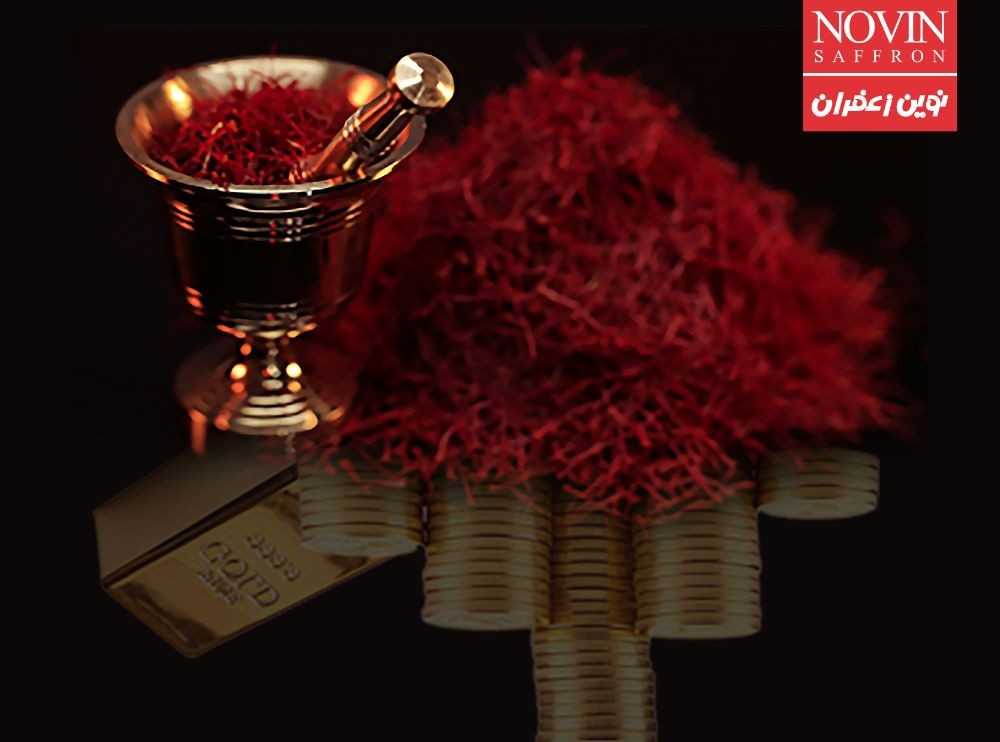Why is saffron so expensive?
Why is saffron so expensive?!
Saffron stands out as one of the most expensive spices globally, and this high cost can be attributed to various factors.
First and foremost, the harvesting process of saffron is incredibly labor-intensive. Saffron is derived from the stigma of the Crocus sativus flower. These delicate threads need to be carefully hand-picked during a brief harvesting season. It takes a substantial amount of time and effort to gather even a small quantity of saffron threads.
Additionally, the sheer number of flowers required is significant. To produce a meaningful amount of saffron, a large number of Crocus sativus flowers are necessary. It can take tens of thousands of flowers to yield just one pound of saffron threads.
Moreover, saffron demands specific climate and soil conditions for optimal growth, limiting its cultivation to specific regions like parts of Iran, Spain, and India. This geographical restriction contributes to its scarcity and, consequently, its high price.
The post-harvest processing of saffron also involves meticulous handwork. After harvesting, saffron threads must be dried and carefully processed by hand to remove the yellow parts, leaving only the prized red stigma. This process adds to the overall cost of production.
Furthermore, each saffron crocus flower produces only a minuscule number of saffron threads. This low yield per plant further amplifies the overall cost of production.
Saffron cultivation also faces challenges from pests and diseases, which can reduce yields and raise cultivation expenses.
Another contributing factor is the lengthy cultivation cycle. It can take several years for saffron bulbs to mature and produce a significant harvest, requiring long-term investment and patience from growers.
Saffron's global popularity, driven by its unique flavor, color, and aroma, has led to high demand. The limited production areas, combined with this robust demand, contribute to the spice's elevated price.
Quality control is paramount in saffron production, and producers must adhere to stringent quality standards. Ensuring this quality may involve additional expenses for compliance and certification.
In conclusion, saffron's reputation as a luxury spice is well-deserved due to the labor-intensive harvesting, limited cultivation regions, low yields per flower, susceptibility to pests, and the careful post-harvest processing it requires. Its high price accurately reflects these intricate aspects of its production.

